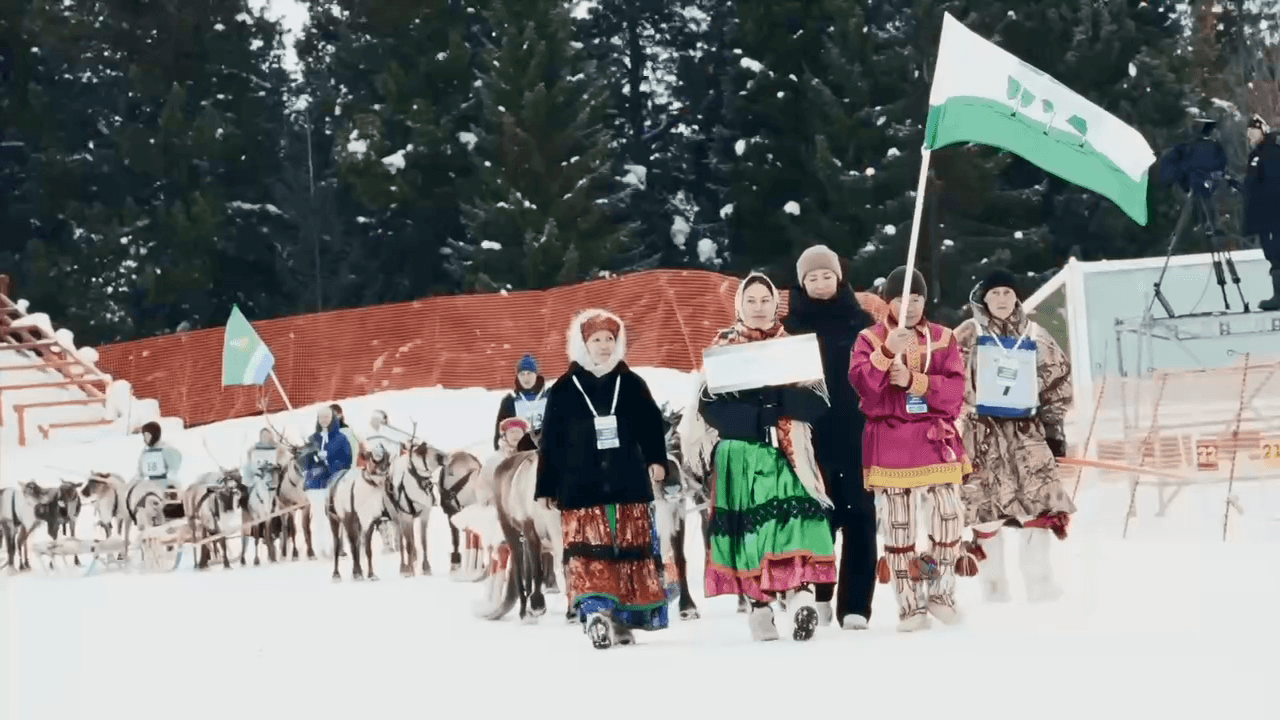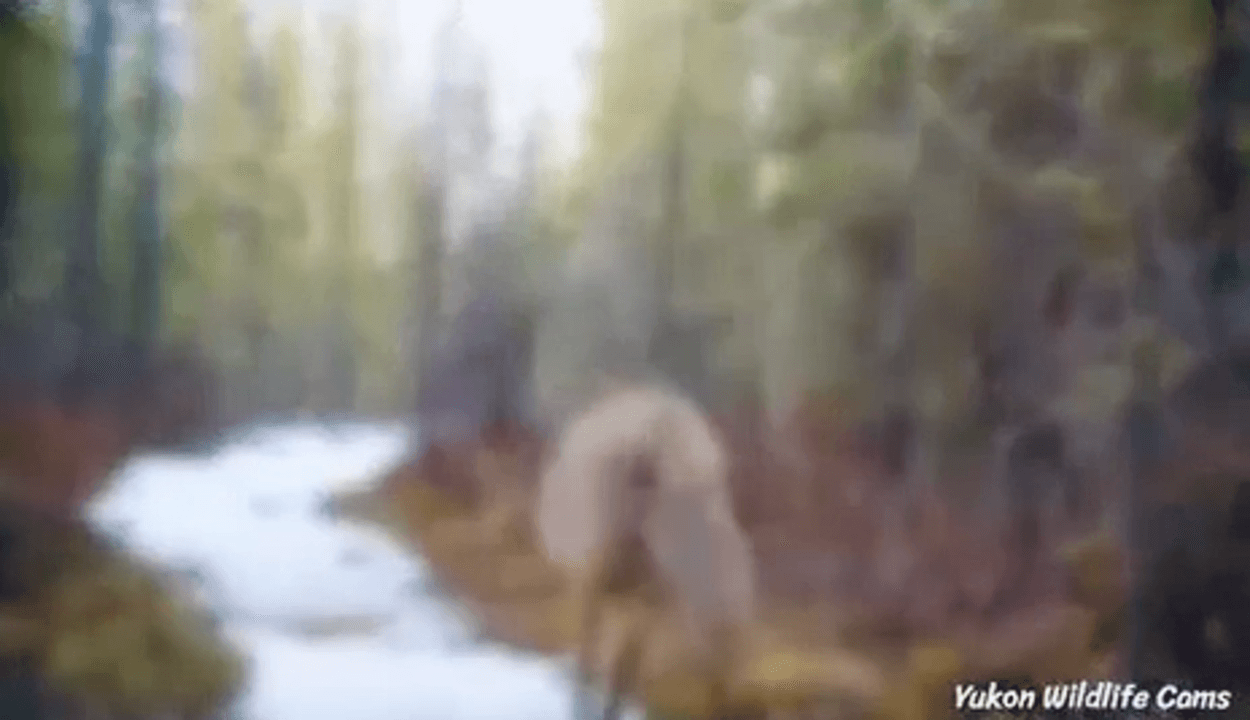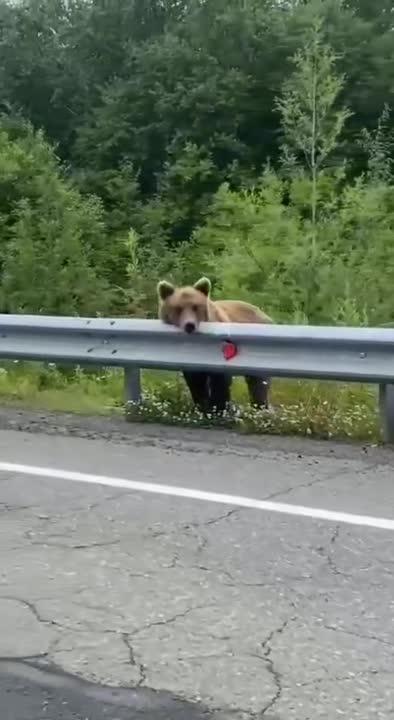
Сколько стоит охота в Беларуси и сколько иностранных охотников к нам приезжают Начальник отдела охотничьего хозяйства Минлесхоза Александр Козорез рассказал на пресс-конференции, сколько стоит охота в Беларуси. Стоимость тура зависит от нескольких факторов, отметил Александр Козорез. "Туры проводятся различного уровня. У нас принято разделять туры, особенно когда мы работаем с российскими охотниками, на трофейную и мясную охоту. Некоторые туристы приезжают, чтобы добыть дичемясную продукцию (такой тур дешевле). А трофейная охота - эксклюзивная, потому что добываются трофейные животные, и они стоят дороже, потому что их надо дольше растить, следить за ними, организовывать охоту на них. В среднем загонная охота в лесоохотничьих хозяйствах стоит Br7-15 тыс.", - рассказал он. За прошлый год в Беларуси было проведено более 2,5 тыс. охотничьих туров для въездных туристов. В целом в нашу страну приехали за это время около 7-8 тыс. иностранных охотников. Приезжают семьями. Чем охота в Бе
Post: 6 November 15:12
















































